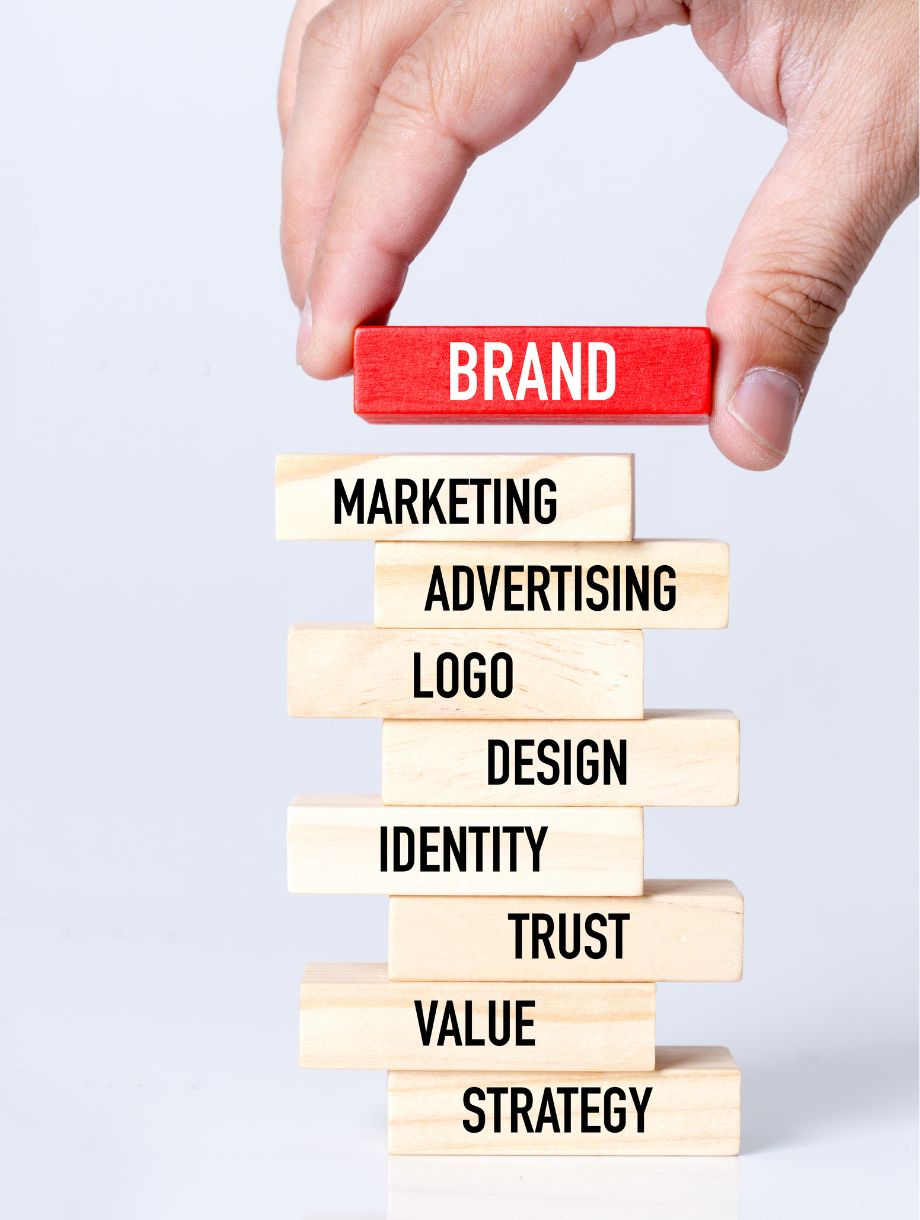.png)



Branding is more than just a marketing tactic; it's a pivotal force in shaping consumer behavior and driving actions such as purchases, sharing, trust, and advocacy. But why is branding so influential, and how can WealthWave leaders leverage its full potential?
After studying branding for over 30 years and poring over numerous books, I've come to understand the essence of effective branding and how to make people resonate with a brand. The real power of branding lies in its capacity to sway behavior. It's not just about giving a company a name, logo, tagline, or color scheme. It's about creating a recognizable identity that earns a place in people's value systems and can guide their choices and actions.
Consider the example of car preferences. A person keen on sustainability will be naturally drawn to a brand like Tesla, filtering out options that don't align with their values, like Jeep or Ferrari. This selection process is driven by deep, subconscious parts of our brain, a legacy of ancient survival instincts that now play out in the modern branding landscape.
The 'Brand Effect' is real and powerful. Branded products and services often command higher prices and create their niche markets. This phenomenon happens because brands influence the demand curve, a rare feat traditionally considered the sole domain of supply influences. A strong brand can shift consumer demand, elevating a product or service beyond its market's economic dynamics. Apple, for instance, has masterfully done this, commanding a significant brand value.
Some leaders think branding means changing your LinkedIn profile or wearing a logo on a sweater. While these are important, they're only a tiny fraction of the branding equation. Instead, think of personal branding as developing your unique voice in the market and becoming known for it.
Branding begins with a clear understanding of what you want to convey and how to craft that into messaging that resonates with our target audiences. It's about creating consistent visual and written communication to build brand recognition and trust across all mediums.
By harnessing the power of branding, WealthWave leaders can establish a strong market position, attract and retain clients, and make a lasting impact in their industry. Remember that branding is not just about selling a product or service; it's about creating an emotional connection with your audience and guiding their behavior through shared values. Remember these principles as you continue to build and grow your brand, and watch it flourish in the market. So keep learning, stay authentic, and continue to refine your message to make a lasting impact on your personal brand.
Humans naturally compile attributes and form opinions, an evolutionary trait that helps us navigate our environment and social interactions. This inherent tendency is why branding works. Our value systems, shaped by culture, religion, personality, and experiences, act as filters through which we view and interact with the world.
Jordan Peterson, a renowned psychologist, emphasizes the chaos of a world without value structures. Our actions are guided by what we value; this is where brands can significantly impact. They become part of our value hierarchy, and those aligned with our values stand out.
For instance, someone who values an active lifestyle will gravitate toward brands like Nike or Lululemon, while an Apple aficionado might completely overlook competitors.
Penetrating these value systems is key for new brands to achieve recognition and success. This can be achieved through various strategies:
The essence of powerful branding is rooted in the profound understanding and harmonization with the pre-existing values of individuals. Each triumphant brand, whether implicitly or explicitly, delves into the subconscious value frameworks of its audience.
For leaders within WealthWave, the challenge and opportunity present in deciphering these core values and strategically positioning our brand to resonate deeply with our intended audience is paramount. Through this strategic alignment, our brand not only amplifies its visibility but also intertwines itself as a fundamental component of the consumer's decision-making process, ultimately fostering heightened engagement and achieving significant success. So, whether you're a new or established brand leader, always remember to stay true to our values and use them as the bedrock of your branding strategy for long-term success.
While penetrating value systems can lead to initial interest and engagement with a brand, sustaining that connection requires continued nurturing of those shared values. Consistently aligning with our audience's core beliefs and priorities, whether through product offerings or messaging, is crucial to fostering long-term brand loyalty.
It's also essential for brands to actively listen to their clients and adapt to changes in values and preferences. By staying tuned to the evolving landscape of consumer values, brands like WealthWave and TheMoneyBooks can continue to resonate and connect with our audience, creating sustainable brand loyalty.
To truly embed values within a brand, they must be incorporated into all aspects of our business, from product development to marketing strategies. This ensures that not only is our brand consistent in its messaging and actions, but also that it stays true to our core values.
For example, at WealthWave, our core value of financial literacy for everyone is not just a tagline or a marketing tactic – it's ingrained in every aspect of our business. From the educational resources we provide to clients, to the way we conduct ourselves as financial professionals, our commitment to financial education is evident in everything we do.
Incorporating values into branding is a powerful and effective strategy for businesses looking to connect with their audience on a deeper level. By understanding and aligning with the values of our target market, we can create meaningful connections, cultivate brand loyalty, and drive long-term success. Consistent effort and adaptation are required to stay attuned to the evolving landscape of consumer values. Still, the potential impact on brand perception and engagement is well worth it.
As leaders within WealthWave, let's continue to prioritize values in our branding strategies and positively impact our audience and the world. So, keep exploring, keep innovating, and always stay true to our core values – because that's what truly makes a brand successful in the eyes of our audiences.

Tom Mathews